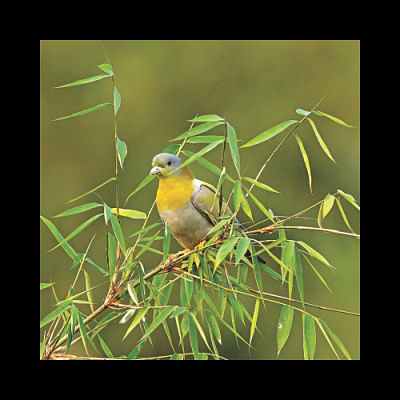Back to Purbachol

Ten years ago I returned to Bangladesh after three decades abroad. There were many adjustments I had to make, but one of the best things about those early days was a bicycling group I joined. Every weekend our group cycled to Bashundhara, then crossed over to Khilkhet and followed a long, narrow but paved road that led us to the boat ghat at Tolna. After crossing the river by a small boat, we were in rural Bangladesh.
I never tired of bicycling on those village paths, meandering through villages such as Poshi, Shulpina, Gutiabo and Golan, crossing rivers by small boats, stopping occasionally to drink a daab from a village market and getting covered in red mud. On a good day we rode to Kanchon on the Shitalakkhya river or points beyond before turning around.
Sometimes we stopped to chat with villagers. During our discussions the Purbachol project, expected to engulf all these villages, inevitably came up. But that seemed far away in the future.
Fast forward ten years. Today, the 300-feet wide Purbachol highway connects Bashundhara to Kanchon. For Dhaka residents, it provides easy access to a wide swath of countryside, including those long-ago bicycling villages just east of Dhaka. During the winter, the area becomes a birder's paradise.
There are all kinds of birds at Purbachol this time of year. High above, different types of eagles and kites circle looking for prey. These include booted and steppe eagles which come here for the winter.
Another raptor is the kestrel, a member of the falcon family. This reddish bird will usually perch on a high spot – perhaps an electric pole – while looking for prey, including smaller birds. One day, as I watched, it flew off to attack first a drongo, then an Indian roller. It caught neither (both were too big for the crow-sized falcon) but the ferocity of its attack was stunning.
For seasoned birders, excitement comes from seeing uncommon birds: Burmese shrike, Eurasian wryneck and ashy drongo are some examples. For me, however, the concentration of birds also provides opportunities for making better photographs of common birds such as the brown shrike. This pretty bird - recognised by the black band running over its eyes - usually perches on a pole or a macha, and dives to the ground to catch a tasty grasshopper or other insect before returning to its place.
Used to the village population, the birds are normally friendly and allow one up close. For example, the other day I was walking back to my car from Shulpina as dusk was setting in. From a distance, I saw the silhouette of a dove-like bird on an immature bamboo tree against the sun. I went around to place the sun behind me and was startled to see a pair of horials, beautiful yellow-green pigeons with yellow feet. The last time I had seen them was high on a banyan tree in the Botanical Garden (when I had spent an hour trying to get a clear shot.) Yet here they were only twelve feet away in plain view.
Given skyrocketing real estate prices and population pressure, Purbachol's birding paradise will not last long. However, for now, it is there within easy reach for us to enjoy.
www.facebook.com/tangents.ikabir

 For all latest news, follow The Daily Star's Google News channel.
For all latest news, follow The Daily Star's Google News channel. 



Comments